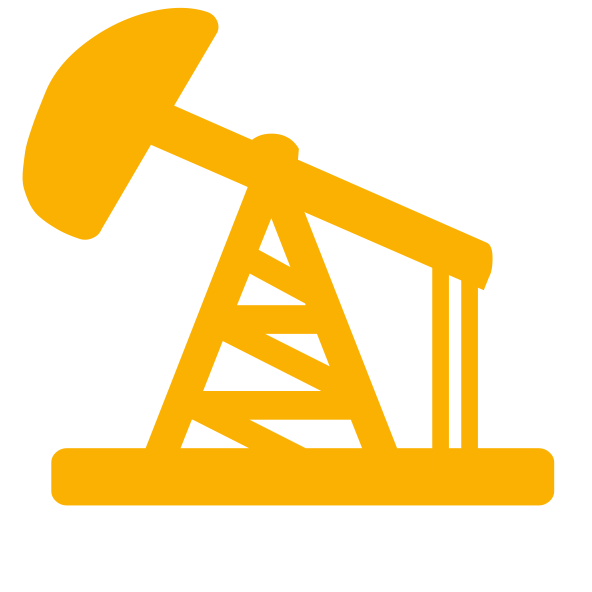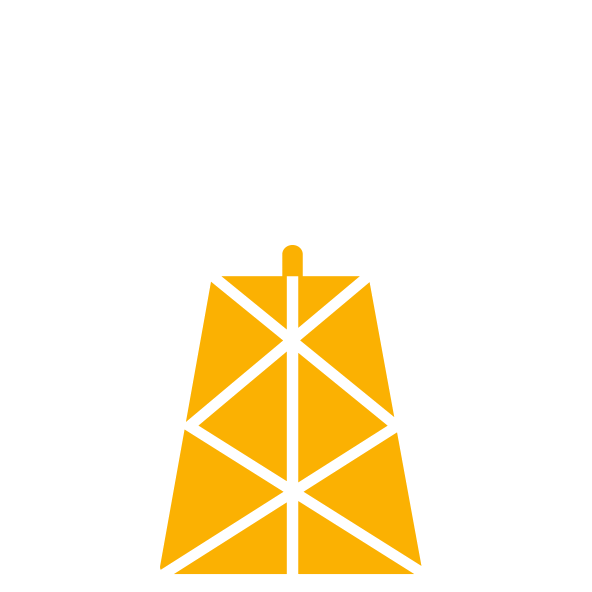 Risk assessment a key component of risk management
Risk assessment a key component of risk management
As we continually develop our understanding of complex adaptive systems, the dynamic nature of risk and the growing interaction of technology-based processes and human activity, it has become increasingly critical to implement appropriate risk management strategies. For companies in high-risk industries, it is vital to ensure that risk remains a consistent part of the narrative of the organization.
Risk assessment is a key component of risk management and an integral part of any Operations/EHS Management system. An effective and efficient risk assessment program, implemented throughout all levels of an organization ensures that risk is appropriately considered and addressed at all levels.
Optimally, risk assessment is a proactive process that draws attention to potential and immediate risk sources and their associated potential risk effects and leads to the implementation of relevant risk reduction measures that ensure that risk is maintained at an acceptable level that is aligned with an organizations risk appetite and meets any regulatory requirement to demonstrate that risk has been managed to be as low as reasonably practicable (ALARP).
To ensure a safe and reliable work environment, it is essential to understand how workplace hazards may present ever-changing risks to work processes, people, property and the environment, and to manage those risks to minimize incidents and any negative consequences. To be effective this must be a focus for every task, every day.
Managing risk day in – day out
Safeguarding the health and safety of workers, maintaining the integrity of property and protecting the environment is a coordinated, systematic, and ongoing process. Prioritizing the implementation of risk reduction measures is crucial. Effective risk assessment is a continual, proactive, results-oriented strategy that involves:
- Hazard Identification: Monitor, locate, identify, and communicate potential and immediate hazards across the organization.
- Risk Evaluation: Analyze the likelihood and severity of risk associated with identified hazards; determine what can happen, when and how frequently, who and what can be affected, and what could be the consequences.
- Risk Control: Take action; establish required prevention and mitigation measures, determine the effectiveness of any current measures, and monitor effectiveness.
Finally, it is important to keep records and documentation to review the risk assessment process, the findings and any control actions taken and ensure that information is distributed and available. This supports facilitation of an effective learning process and the definition of relevant safety training needs. Essentially, the key to success is real-time and reliable cross-organizational communication at and between all levels – workers and management.
The challenges to safety optimization in high-hazard industries
Fields with dynamic, high-risk environments that have inherent and industry-specific operational hazards, such as construction, oil and gas, petrochemicals, and mining, face multiple challenges that may affect production, operational efficiency, and worker safety. A changing work environment and risks can cause new vulnerabilities that vary in likelihood and severity. The safety of workers, the surroundings and the environment depend on the organization’s ability to recognize risks in real time and know how to deal with them on the strategic and operational level.
The dynamic nature of the risks of potential health, safety and environmental damage and worker vulnerability highlight the need to embrace technology that incorporates integrated monitoring, real-time analysis, data accessibility, collaboration, and equipment control to leverage optimal risk-based decision-making and gain important insights. And therein lies the challenge – how to overcome organization-wide gaps in communication and inaccessibility of critical information.
In a dynamic work environment, the lack of a continuous flow of reliable, real-time data, communication and status of workers and tasks in the field is a huge drawback. Not being able to see what is happening in the field and in specific activities, not having access to critical updates, or the ability to perform remote checks for unsafe behavior and conditions, impacts the ability to make data-based decisions to optimize performance and productivity, reduce operational risks, and ensure safety and reliability.
Risk assessment and management best practices
Traditional tools of risk management that include periodic review and risk assessment are not enough to counter the dynamic worker health and safety risks of high-hazard industries and ensure effective real-time risk reduction measures. To overcome information barriers and lack of visibility that impact efficient risk assessment, an optimal solution should be consolidated into an organization-wide single source of data and analysis. Reliable, technology-based tools integrate IoT, cloud computing, and artificial intelligence to identify hazards and trigger corrective actions, leverage decision-making and provide insights that enable organizations to address changes in the operating environment and industry-related fluctuations and immediately respond to hazards, emergency situations, and accidents. Best practices eliminate information gaps and streamline critical updates across the command chain, keeping everyone online and in the loop, all the time.
GOARC Safety 4.0 – Maximize safety and minimize risk
GOARC’s safety solution is a powerful tool for promoting safe worker behavior, effectively managing operational risks to prevent incidents in dynamic work environments. The GOARC Safety 4.0 platform uses artificial intelligence and other advanced technologies to gather unprecedented levels of real-time operational data to identify risk patterns and generate actionable intelligence and new safety routines that reduce the risk of industrial incidents. The GOARC platform provides comprehensive data and full chain transparency, anywhere, anytime, across all facilities no matter the geographical distribution.
GOARC’s solution solves the problem of accessibility and communication by breaking down traditional silos. With real-time visualization and data analysis in one command center, GOARC fully integrates all data sources: connected workers, devices, and systems. GOARC’s solution enables remote monitoring, analysis, and optimal data-driven decision-making from the field, command center and office, boosting safety through unparalleled communication, data visibility, consistency, and connection.
With real-time bi-directional communication, seamless integration of all internal and external data sources, continuous flow and accessibility of valuable data and insights, GOARC offers a unique and dynamic solution that is revolutionizing the practice of industrial safety.

 Risk assessment a key component of risk management
Risk assessment a key component of risk management







